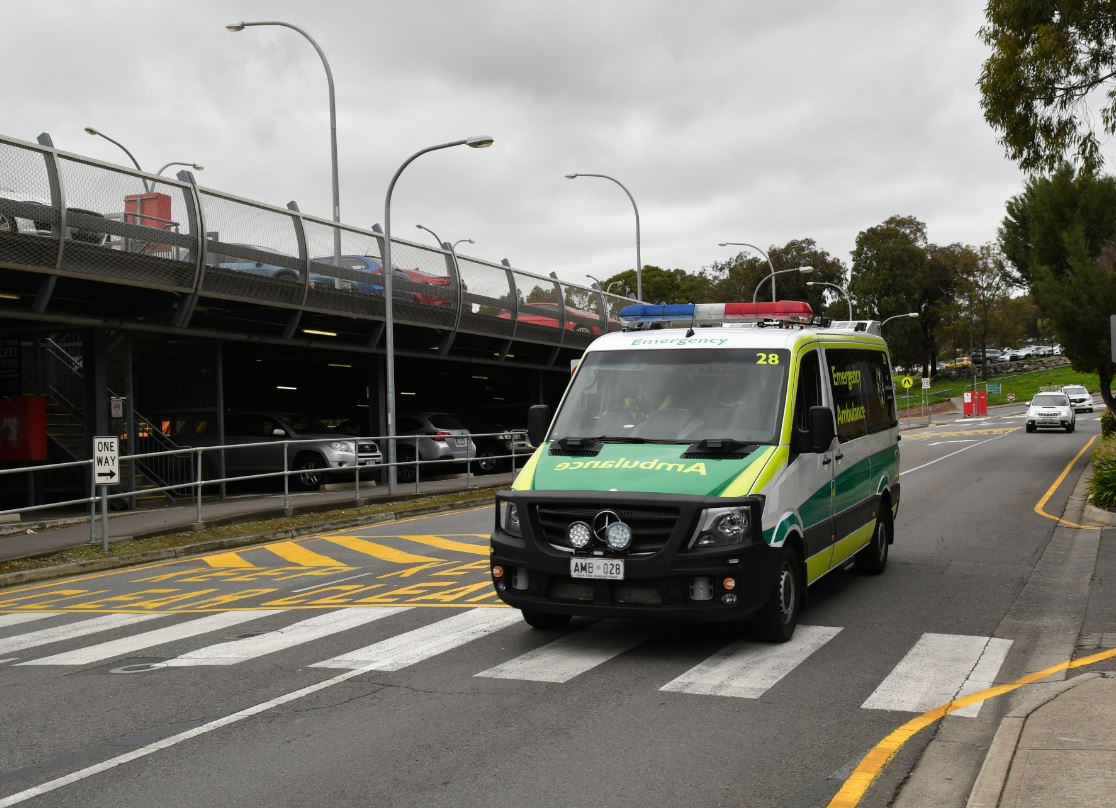
Rigorous follow-up of Indigenous patients recovering from critical illness, particularly those who have discharged themselves from hospital, is essential, a new Medical Journal of Australia paper says.
Researchers from Melbourne, Adelaide and the US, who analysed intensive care unit (ICU) patient data (Australian and New Zealand Intensive Care Society Adult Patient Database), prospectively collected during 2007-2016, measuring mortality (in-hospital, and 12 months and 8 years after admission to ICU), by Indigenous status.
The median age of Indigenous patients (45 years) was lower than for non-Indigenous ICU patients (64 years), the study found.
For patients with South Australian postcodes, unadjusted mortality at discharge and 12 months and 8 years after admission was lower for Indigenous patients; after adjusting for age, sex, diabetes, severity of illness, and diagnostic group, mortality was similar for both groups at discharge, but greater for Indigenous patients at 12 months and 8 years.
The number of potential years of life lost was greater for Indigenous patients (24.0 v 12.5), but, referenced to respective population life expectancies, relative survival at 8 years was similar.
“Our major findings are that, after adjusting for major demographic and clinical factors, in-hospital mortality was similar for Indigenous and non-Indigenous intensive care patients, but mortality at 12 months and 8 years after admission was greater for Indigenous patients,” says the lead author Dr William Mitchell, a visiting Master of Public Health from Harvard University, Boston.
“Higher levels of chronic disease, remoteness, lower socio-economic status, and difficult access to health care for Indigenous patients are probable contributors to higher long-term mortality.
“Comparable studies have reported similar differences in age, chronic disease status, and intensive care admission diagnoses for critically ill Indigenous Australians, as well as a greater burden of chronic disease after episodes of critical illness.”
The study concludes that the factors underlying the overall gap in life expectancy between Indigenous and non-Indigenous Australians are more important than the impact of the ICU admission itself for determining long term outcomes for Indigenous patients.
Flinders University contributor Associate Professor Shailesh Bihari, an Intensive Care Consultant at Flinders Medical Centre, says chronic conditions, isolated homelands and geographic location, and early self-discharge are connected to the poorer long-term outcomes for Aboriginal and Torres Strait Islander patients.
After adjusting for major demographic and clinical factors, in-hospital mortality was similar for Indigenous and non-Indigenous intensive care patients, but mortality at 12 months and 8 years after admission was greater for Indigenous patients.
This means rigorous follow-up of Indigenous patients recovering from critical illness needs ongoing support to keep regular medical appointments, medications and followup care, including if they self discharge themselves from hospital early.
The study, ‘Long term outcomes for Aboriginal and Torres Strait Islander Australians after hospital intensive care’ (June 2020) by WG Mitchell, A Deane, A Brown, S Bihari, H Wong, R Ramadoss and M Finnis, DOI: 10.5694/mja2.50649. The Medical Journal of Australia is a publication of the Australian Medical Association.








